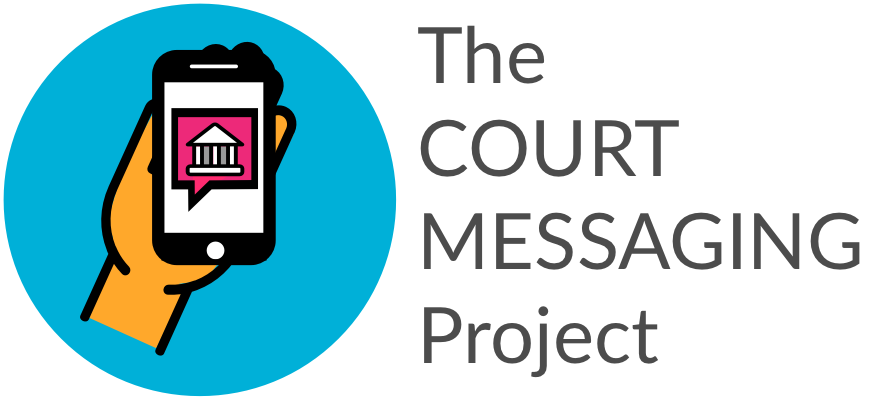
These are a shortlist of guidelines for people who are writing the content for text messages to be sent out to citizens. They are from the open-source project Promptly, from Code For America.
1) CDC’s Guide to Writing for Social Media 2012 (click here), Summarized into “General Rules” by Mobile Commons Writer Stephen Fishbach (click here)
Be Clear and Concise
- Use easy-to-understand language.
- Catch the reader’s attention with a compelling lead that provides the most important information first.
- Use abbreviations sparingly. Avoid “text speak.”
Be Action-Oriented
- Have a clear call to action, encouraging people to take concrete steps.
- Explain why the action is important.
- Use strong verbs such as “learn,” “watch,” or “join.”
Be Useful and Relevant
- Send messages that are tied to current events, seasons, or observance days.
- Provide concrete knowledge and additional resources.
Use Web Content as a Source of Material
- News articles, fact sheets, and FAQs are excellent sources of additional material.
- Web content has often been developed, edited, and cleared through the proper channels.
- Just be sure to rework your web content so it makes sense over text.
- Specific Insights into SMS Messaging
- Keep Your Texts Short
- Messages should be around 140 characters to leave room for help messaging and links.
Customize your Texts
- The CDC asks users questions about themselves to better target their messages.
- Questions include age, gender, health condition, subscriber’s role, and zip code.
Identify Yourself: You should always identify yourself in your text, so your subscribers know who the text is from.
Provide Access to More Information:
- Include a phone number or URL in your message, so users can follow up.
- Make sure all numbers are numerical and formatted, so readers can click to call.
Include Opt-Out and Help Instructions:
- Make sure your subscribers can opt out of your campaign by replying STOP or QUIT.
- Provide help messages to users who reply HELP.
2) CDC: Social Media Guidelines and Best Practices (2010), Sample Messages (click here)
Sample Messages
- Test your smoke alarms and carbon monoxide detector when u turn your clocks back on Nov 1; replace batteries if needed. Call CDC 800-232-4636 or http://m.cdc.gov.
- Cover cough & sneezes to protect others. Call CDC 800-232-4636 or http://m.cdc.gov for more info. Reply HEALTH QUIT to end.
- Spread the word! Tell friends & family to text 4HEALTH to 87000 to get these weekly H1N1 messages & impt health tips. Call CDC 800-232-4636 or http://m.cdc.gov
- Thanksgiving is Nat’l Family History Day. Talk to UR family about health conditions that run in UR family. Learn more http://m.cdc.gov/family. CDC 800-232-4636
3) Kaiser to Roll out Text Messaging Appointment Reminders (2009), Lessons Learned (click here)
- Generic appointment reminders are more effective than specific ones: Mammogram appointment reminders that specified the test had a 2.96 percent unsubscribe rate, for example.
- Patients aged 13 to 17 years old and 18 to 24 years old have the highest opt-out rate probably because they know how to opt-out.
- Kaiser legal counsel decided that unsolicited text messages are permissible on the same basis that telephone messages have been permissible.
- Ensure that the text messaging vendor does not include a marketing message at the end of the reminder (Kaiser’s vendor did at first).
4) 5 Tips for Sending Text Message Alerts, Reminders and Offers, Mosio SMS Software (2011). Further tips, (click here)
Main tip: Leave some character space for recipients to forward the message to friends, like “This is awesome!”
5) Federal Plain Language Guidelines (page 100, year 2011), Full report (click here)
Testing with users/recipients of text messages should occur at least twice.
6) Further tips
Don’t have people draw inferences of what to do. Give them an action they can take. Ex.: “CalFresh (Food Stamps): You may stop receiving benefits at the end of the month. Questions? Call (555) 555-5555.”

